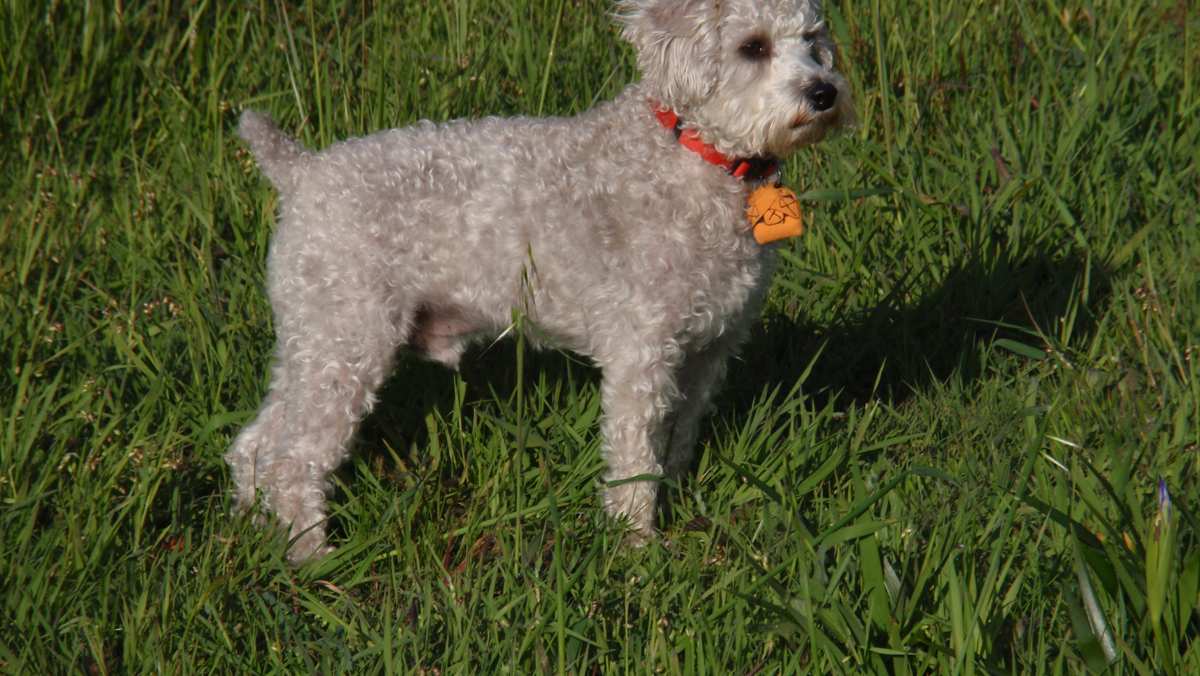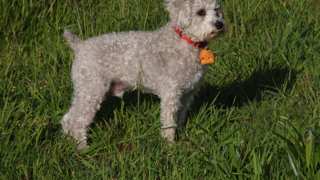Schnoodle Breed Details
Depending on its size, a Schnoodle can be in the Toy, Terrier, or Sporting breed group. The Toy and Miniature Schnoodle dogs are generally used as lap or companion dogs; the larger Standard Schnoodles, though rarer, can excel in performance and agility trials, and make protective household pets as well. Schnoodle puppies, regardless of size, are great for any family, as they grow into playful, affectionate, loyal members of the clan.
Breed Facts:
- These dogs come in a wide variety of sizes, depending on the size of the Schnauzer (Miniature, Standard, or Giant) and Poodle (Toy, Miniature, or Standard) parental lines.
- A majority of Schnoodles are small (less than 20 pounds) because the most common Schnauzer-Poodle mix is Mini Schnauzer and Toy or Mini Poodle.
- Schnoodles make fantastic companion dogs, and are frequently used as service animals.
- These dogs are highly intelligent and active, and will need at least an hour of vigorous physical (and mental) stimulation daily; otherwise they may exhibit destructive behavior like digging and chewing.
- Schnoodles are hypoallergenic, so they're good dogs for people with allergies.
- Regardless of size, a Schnoodle will be very protective, and will bark to alert its owner of a potential threat.
Breed Pros:
- Happy and playful
- Protective, with excellent watchdog abilities
- Sheds very little
- Coat is generally low-maintenance
- Easily trained
Breed Cons:
- Can be stubborn and temperamental, especially the large variety
- May be prone to excessive barking
- Often suffers separation anxiety if left alone for long periods









